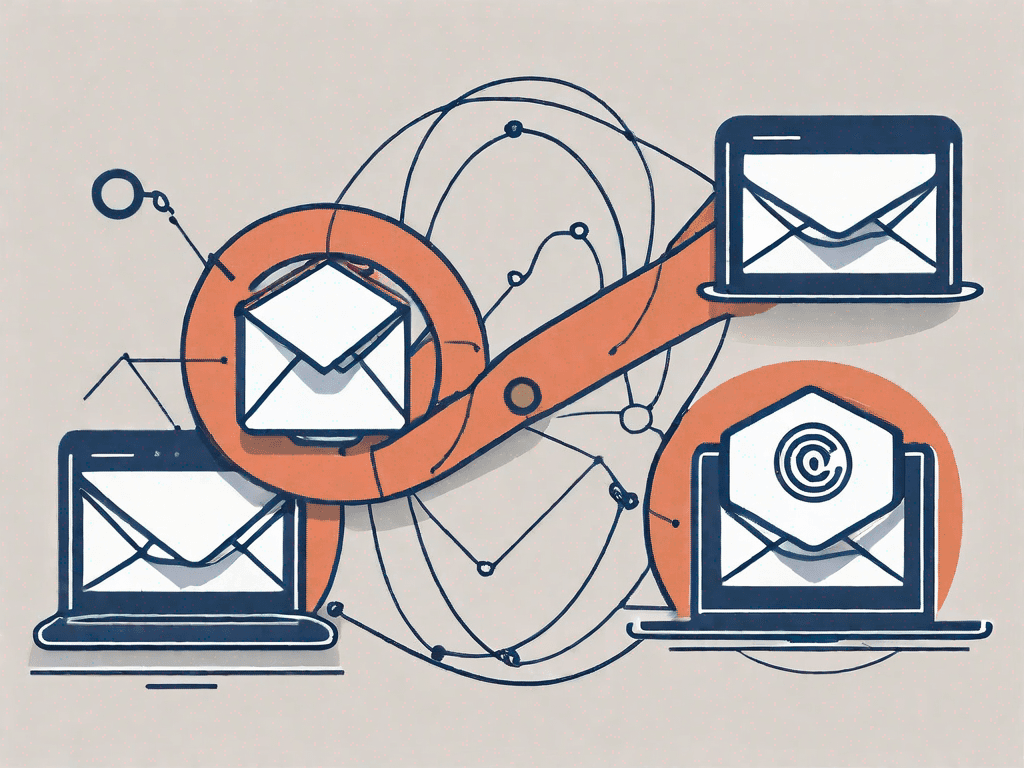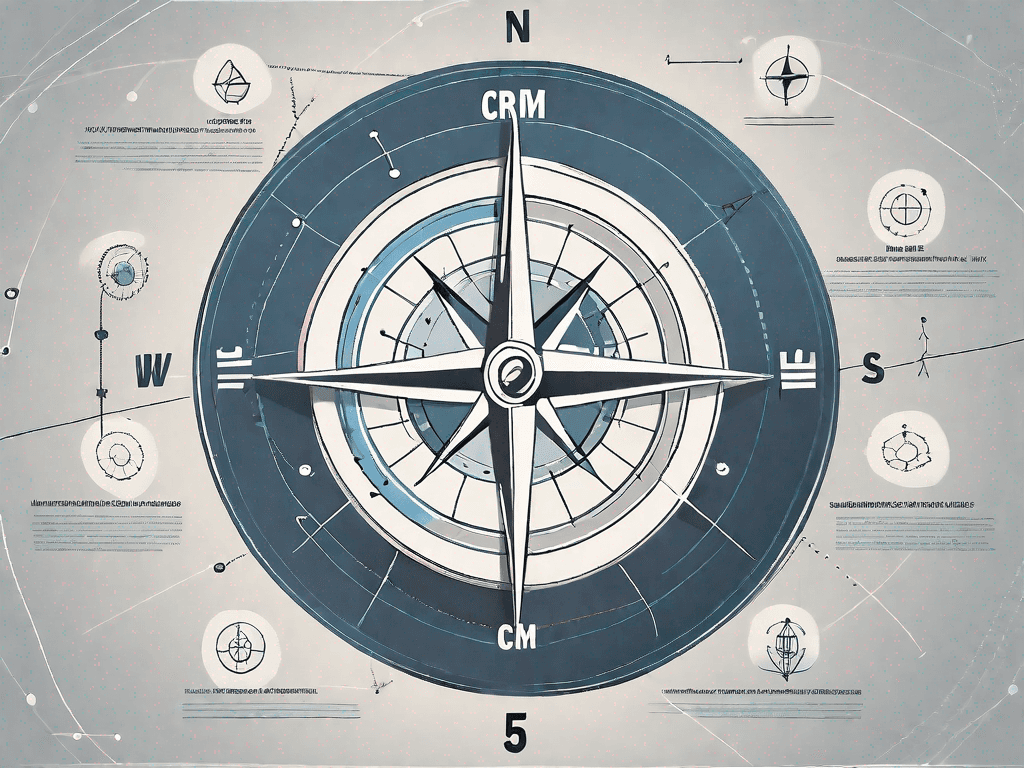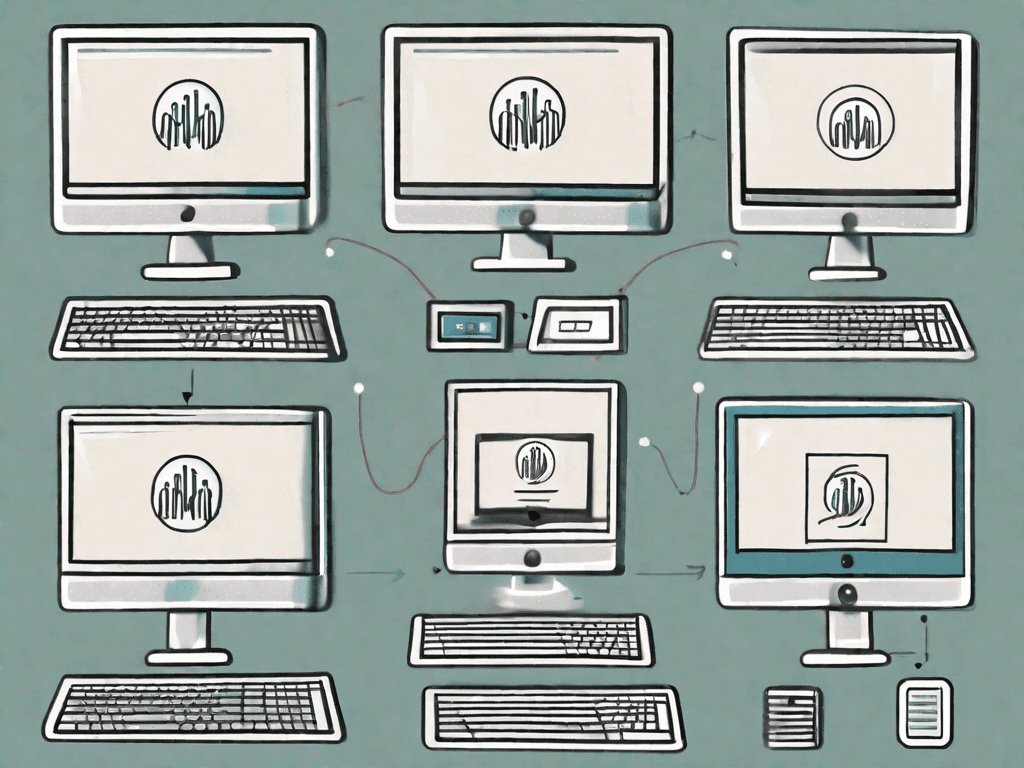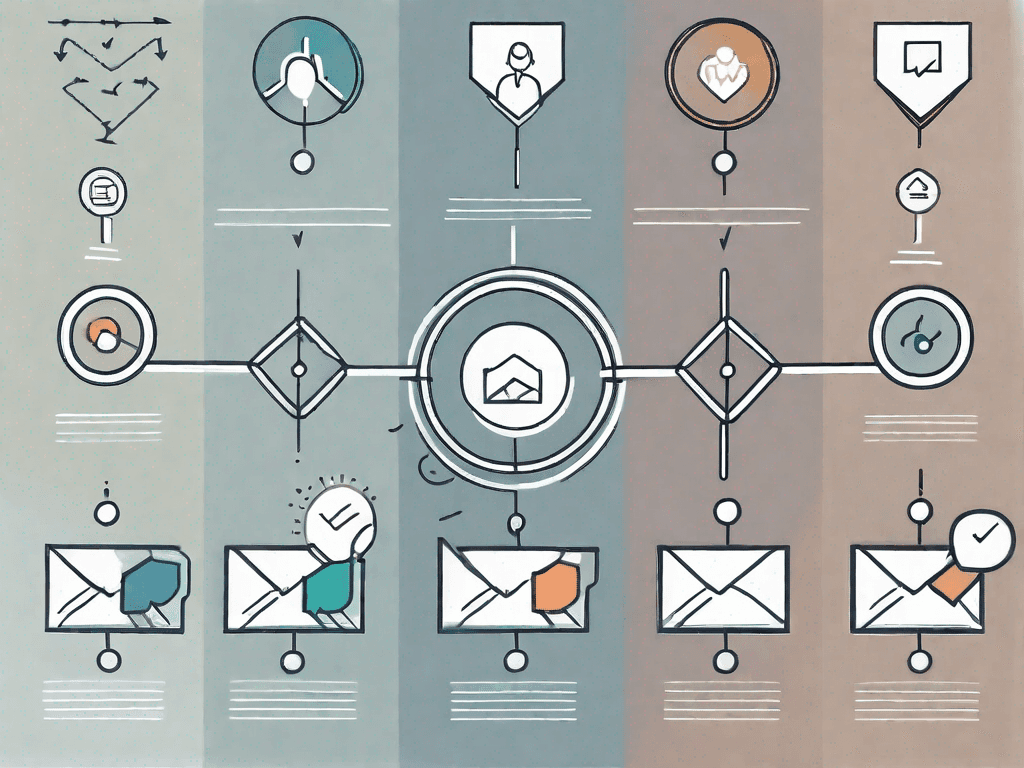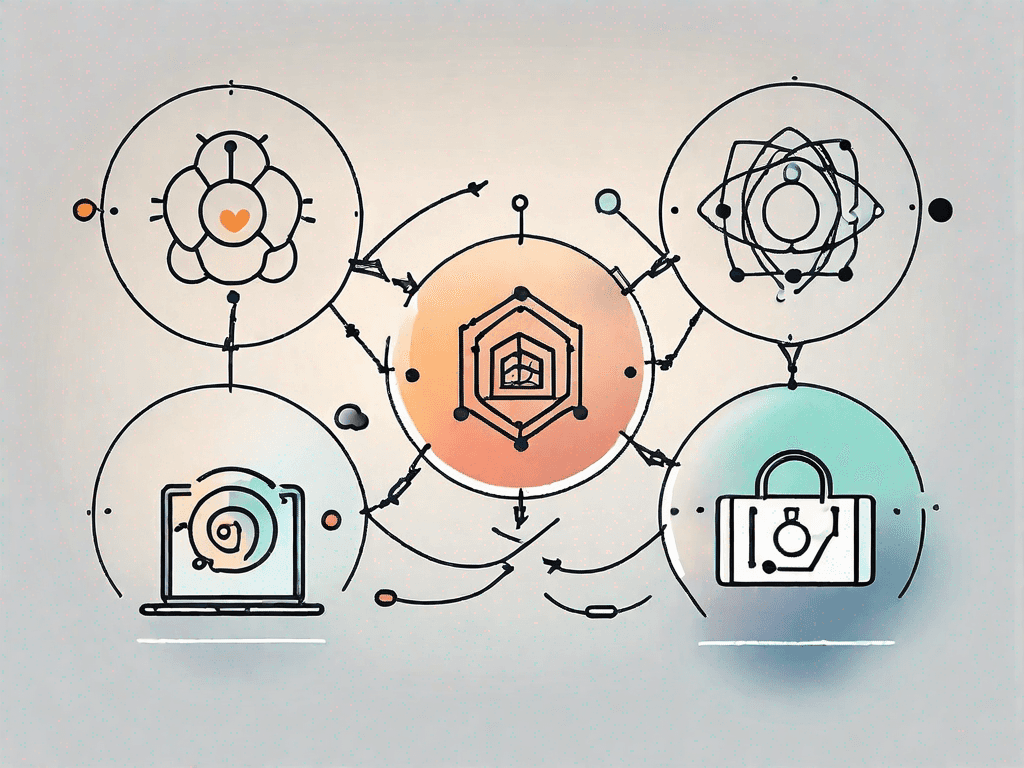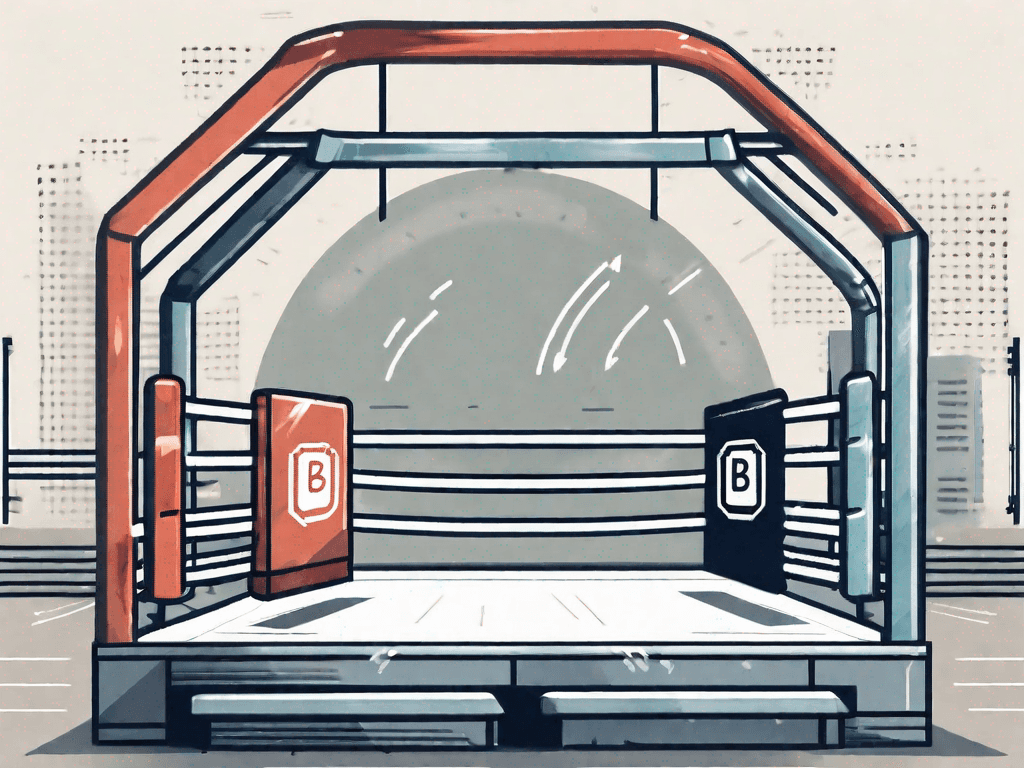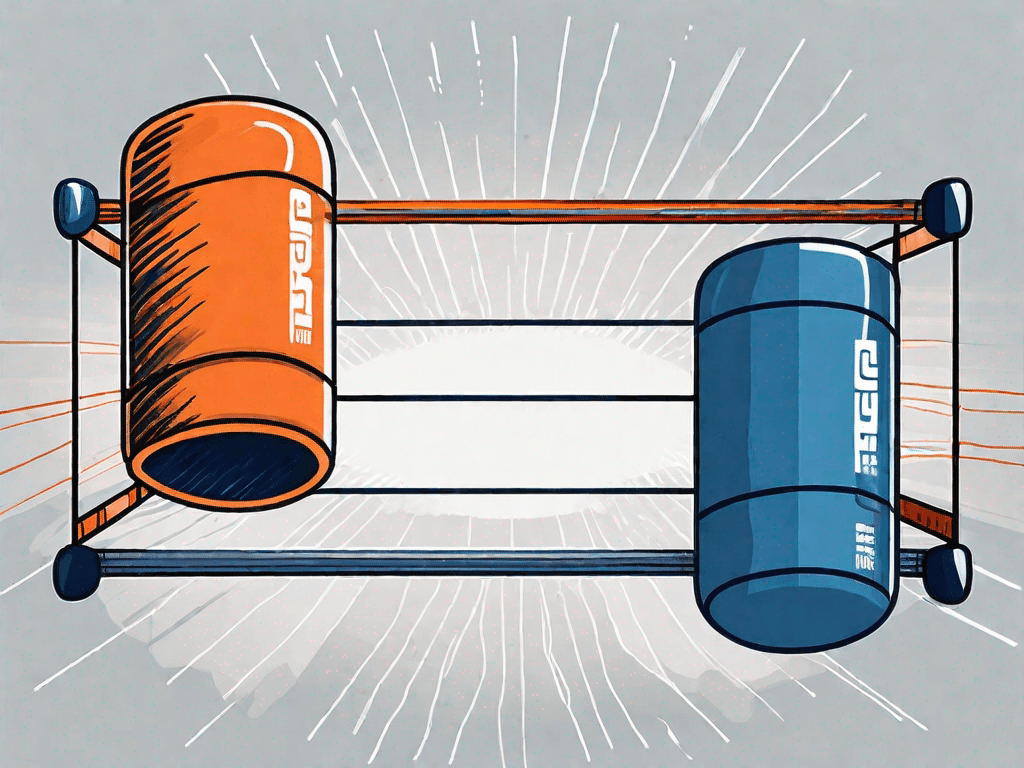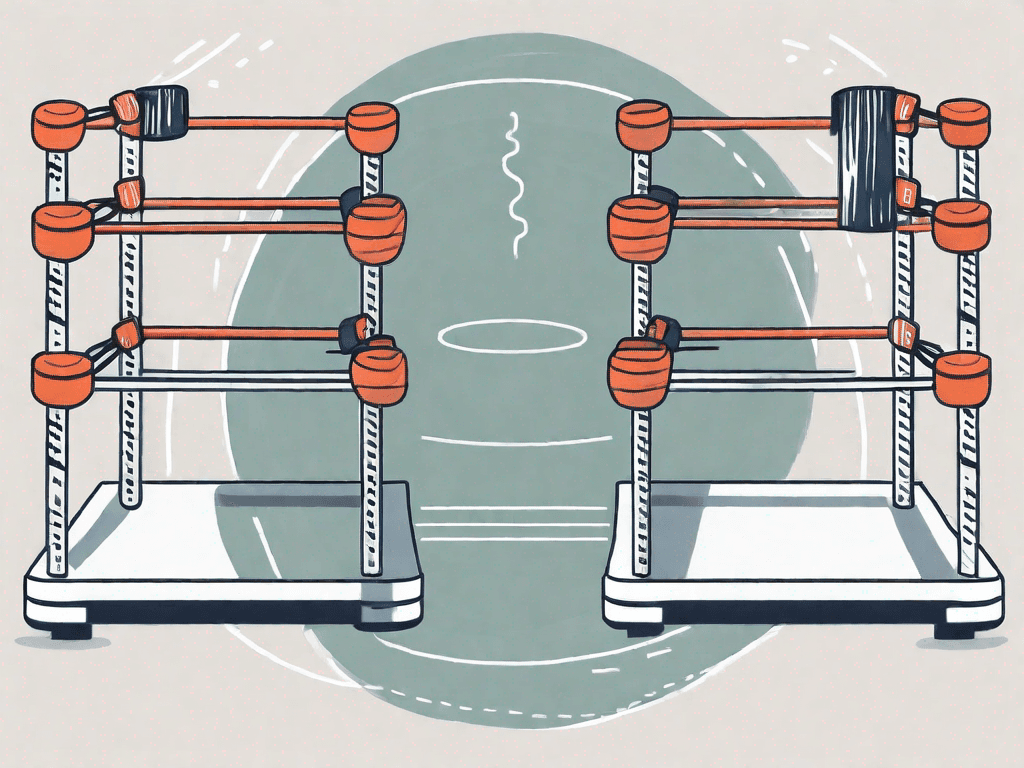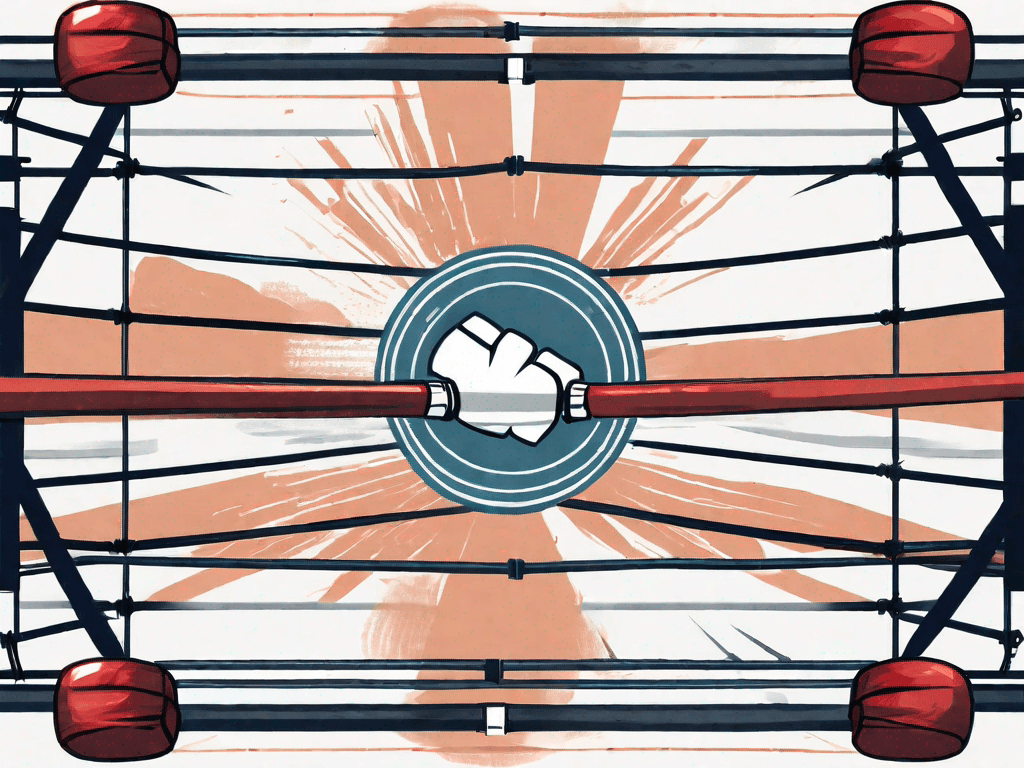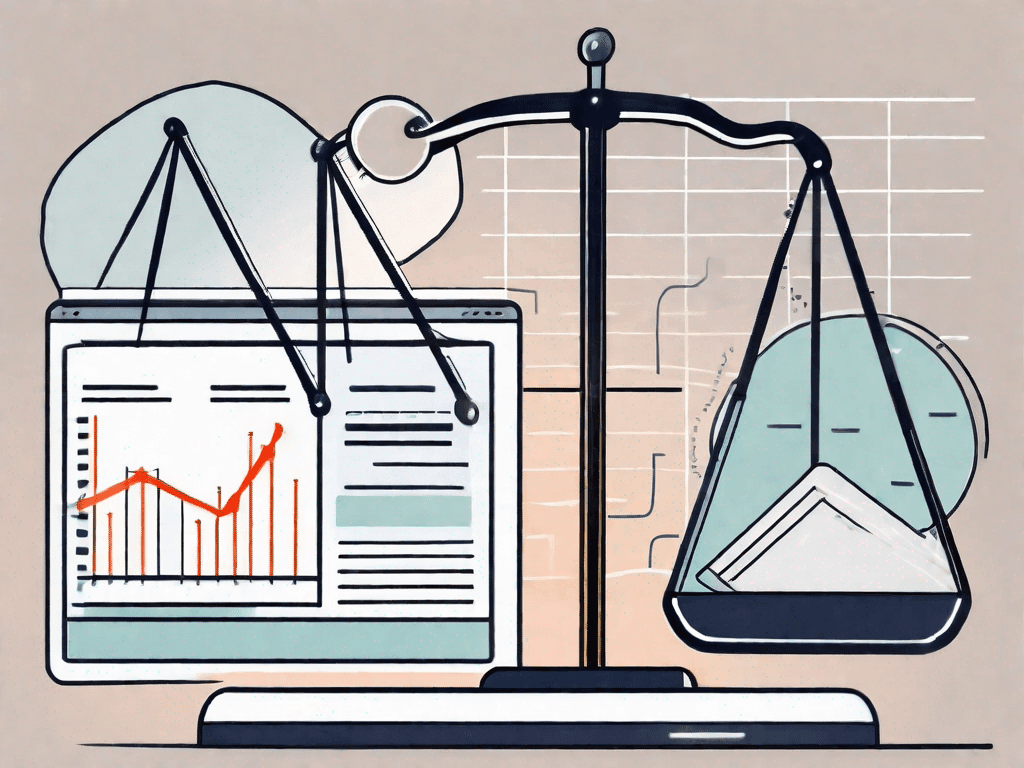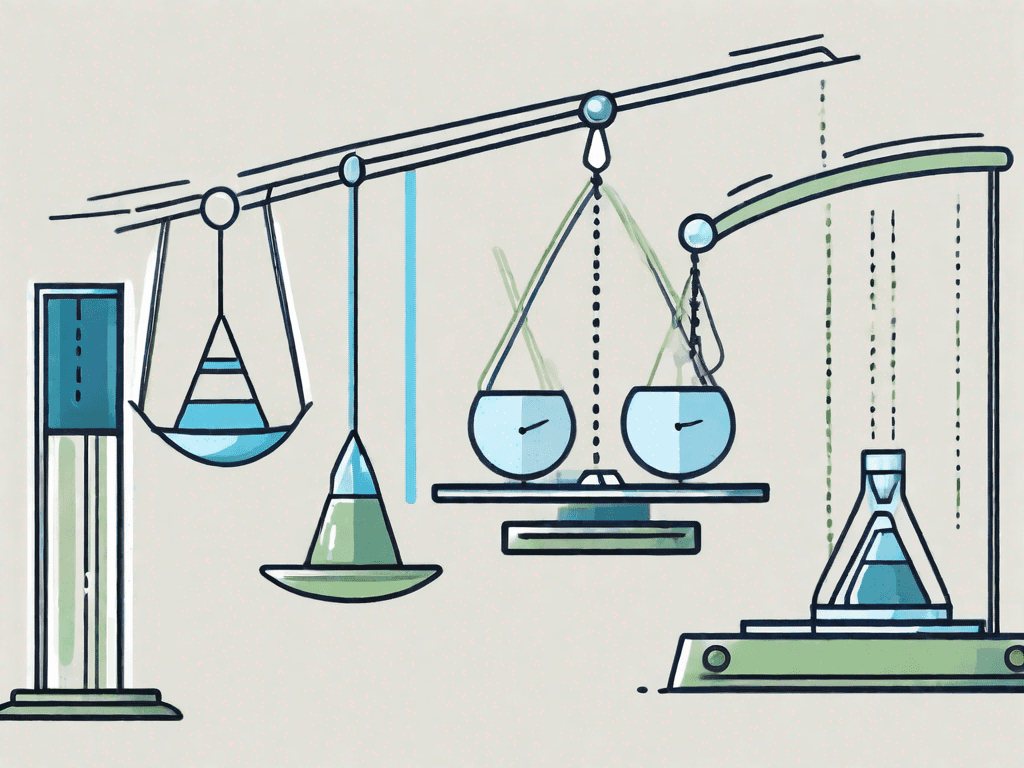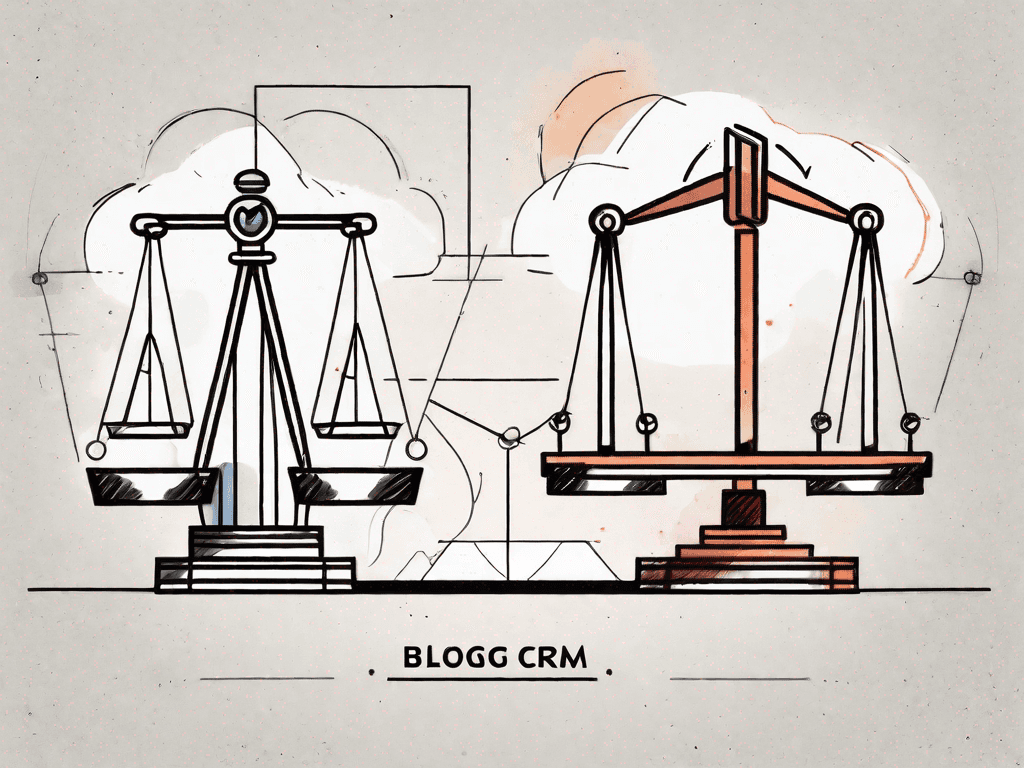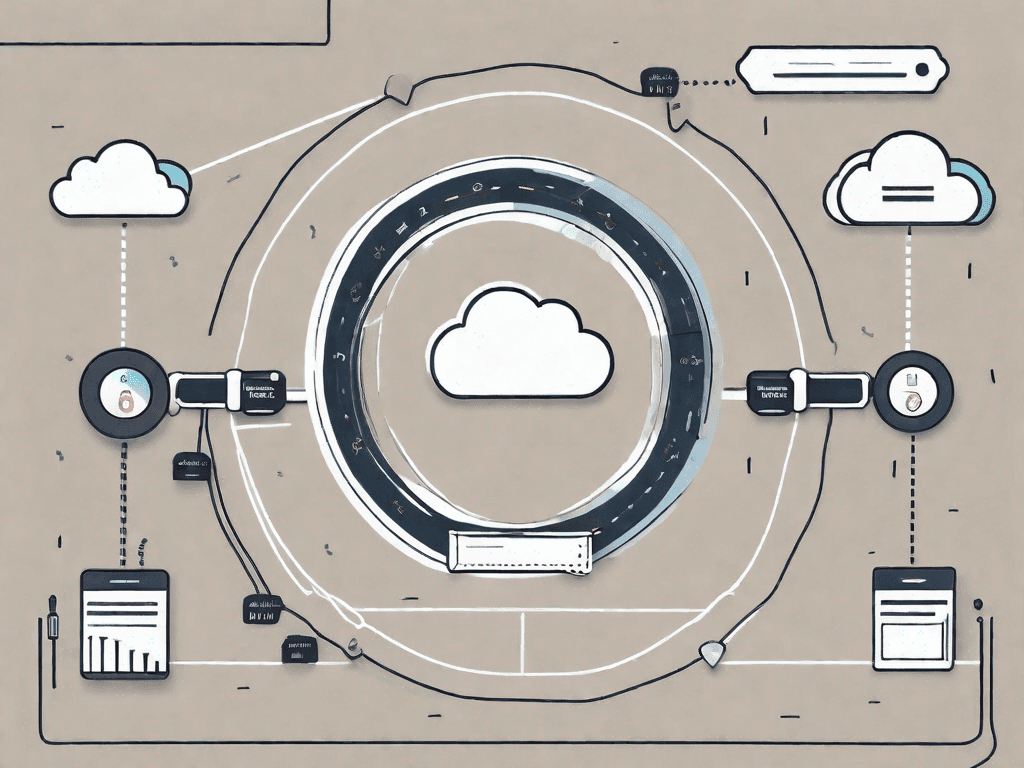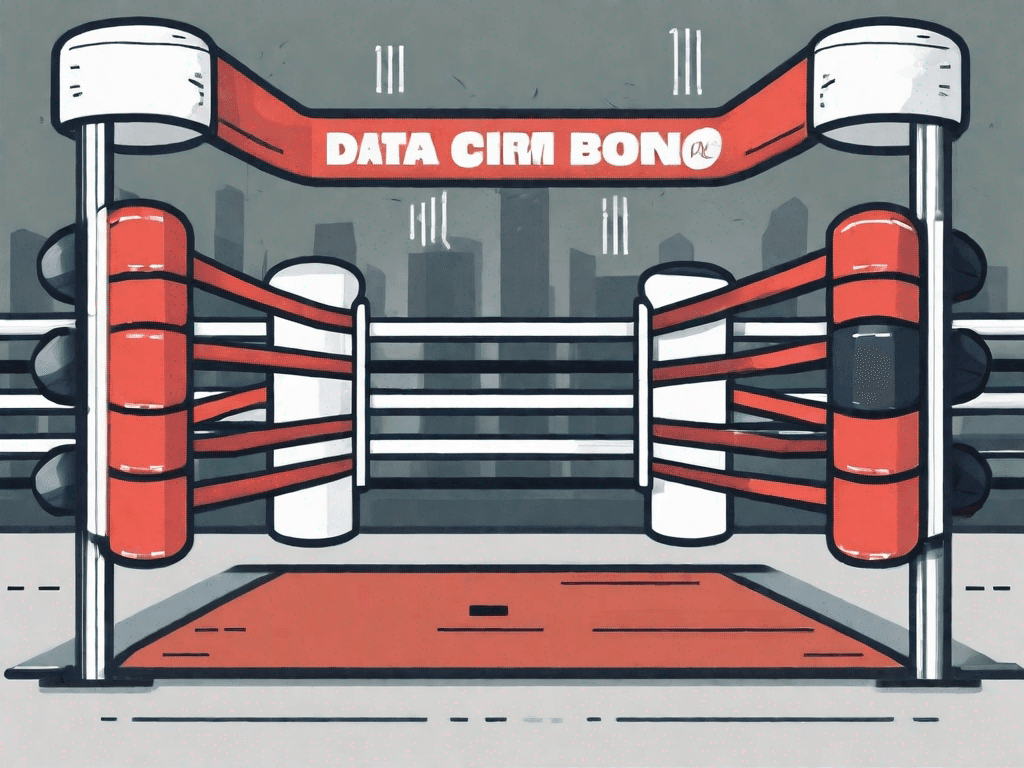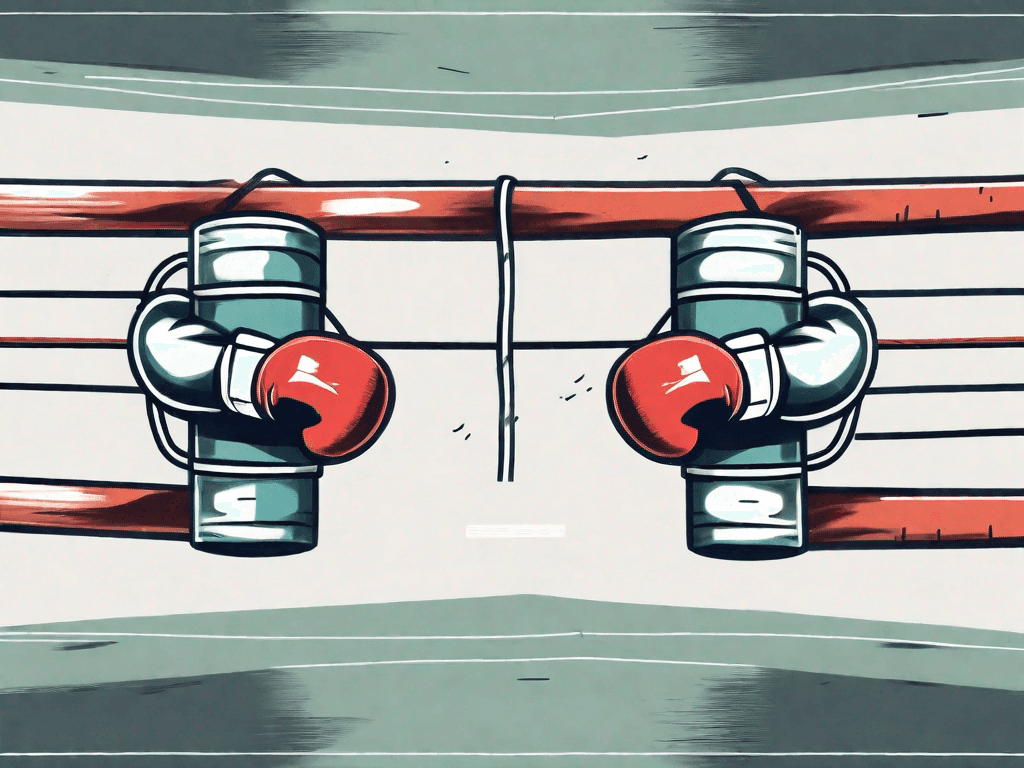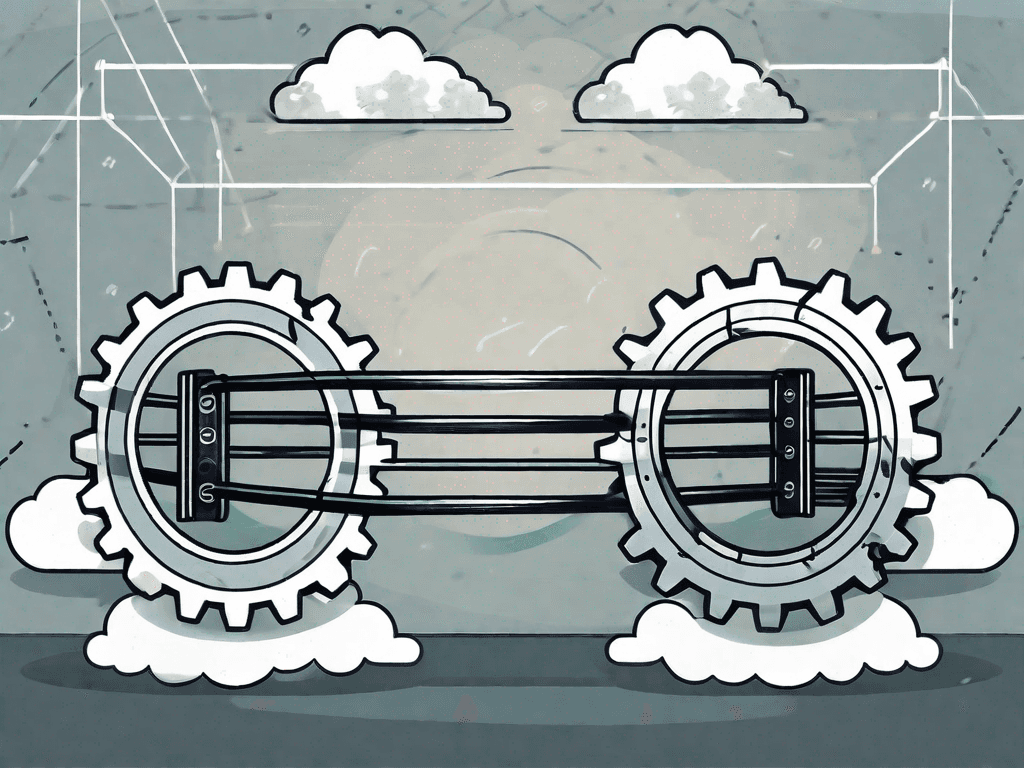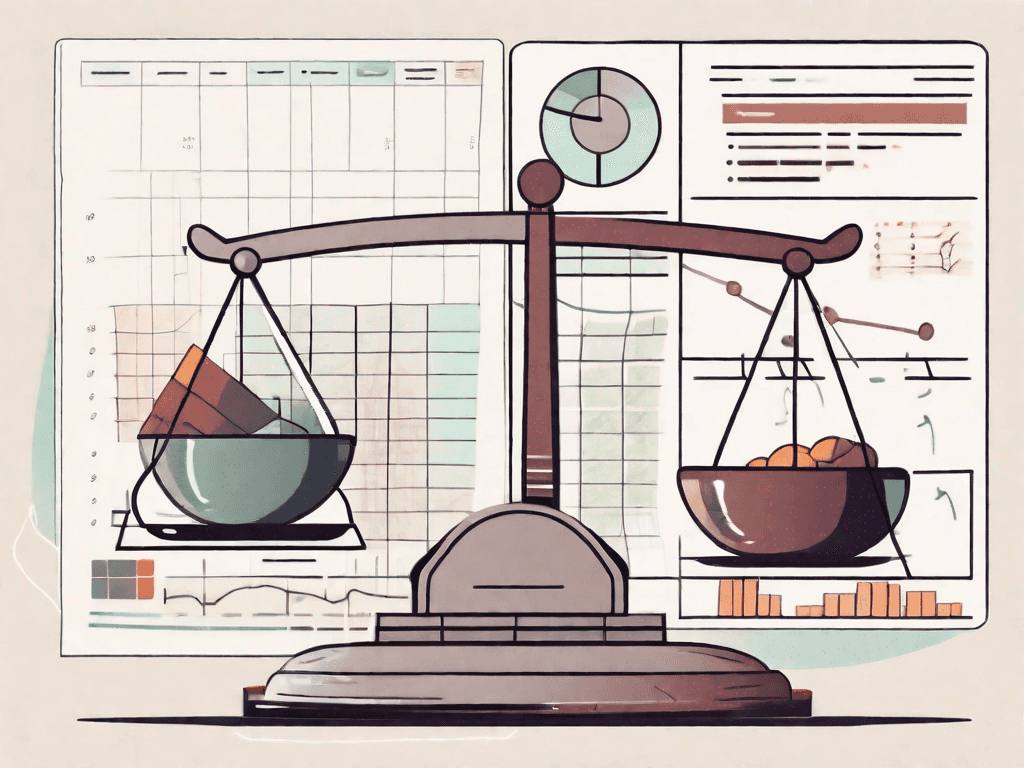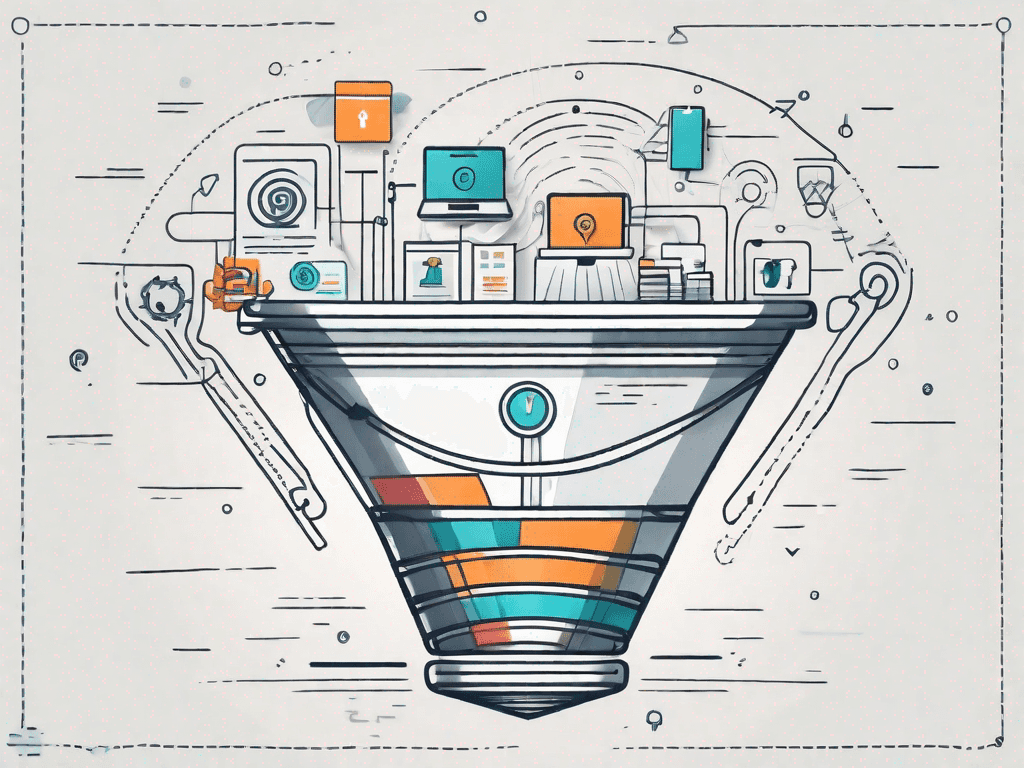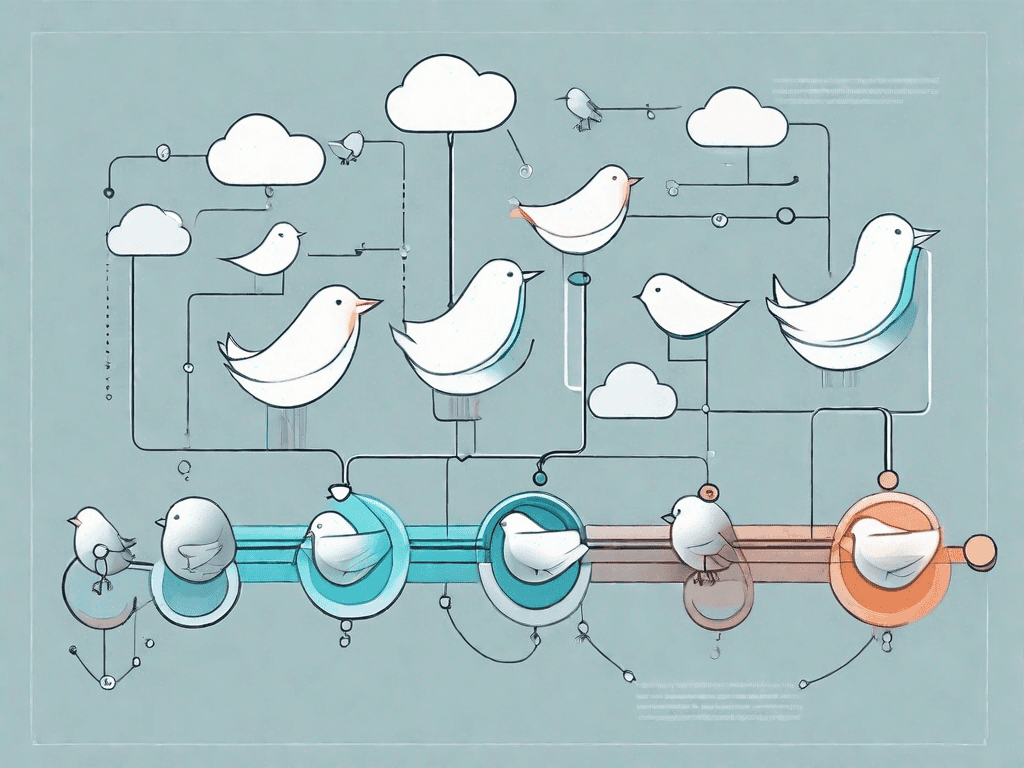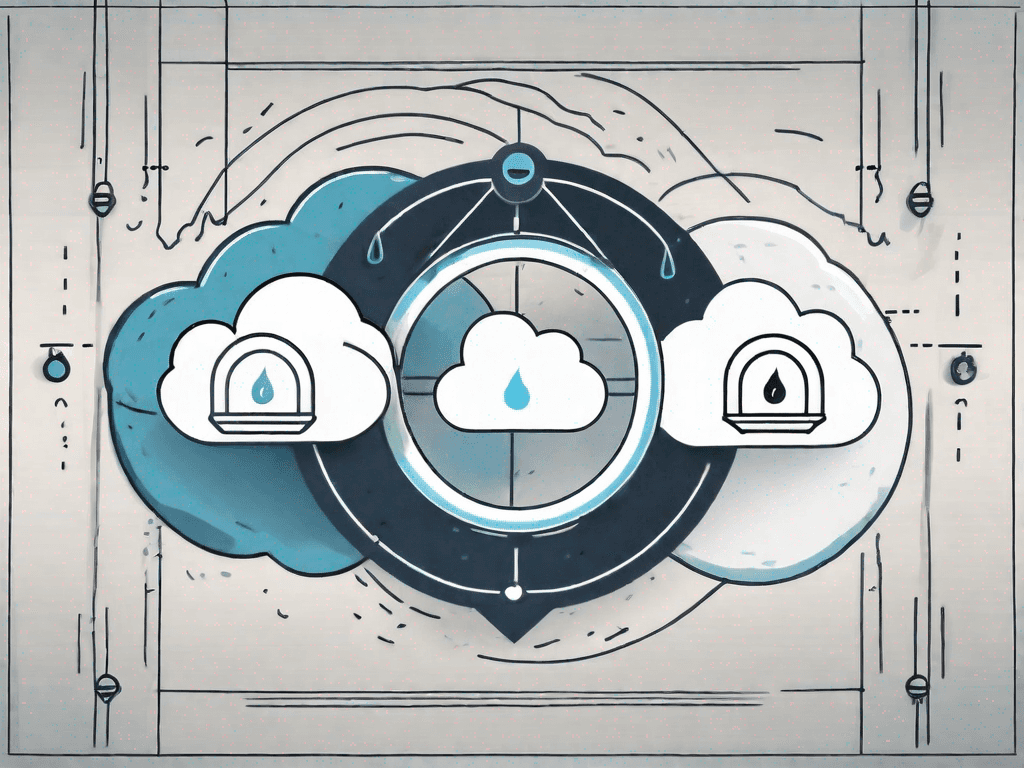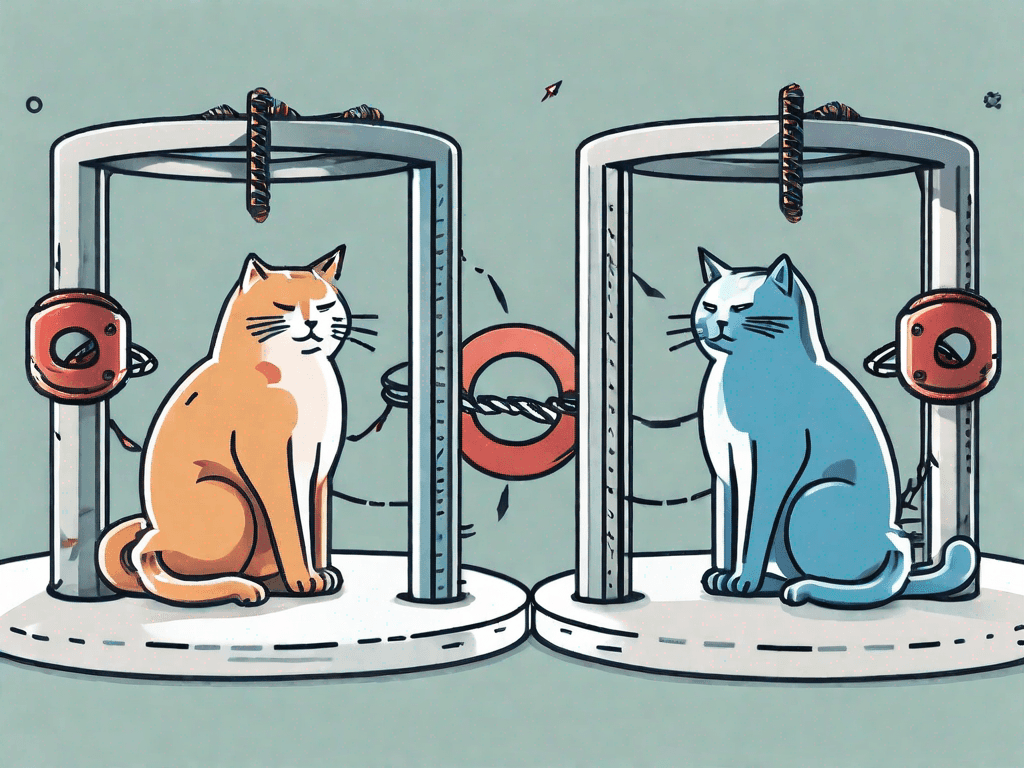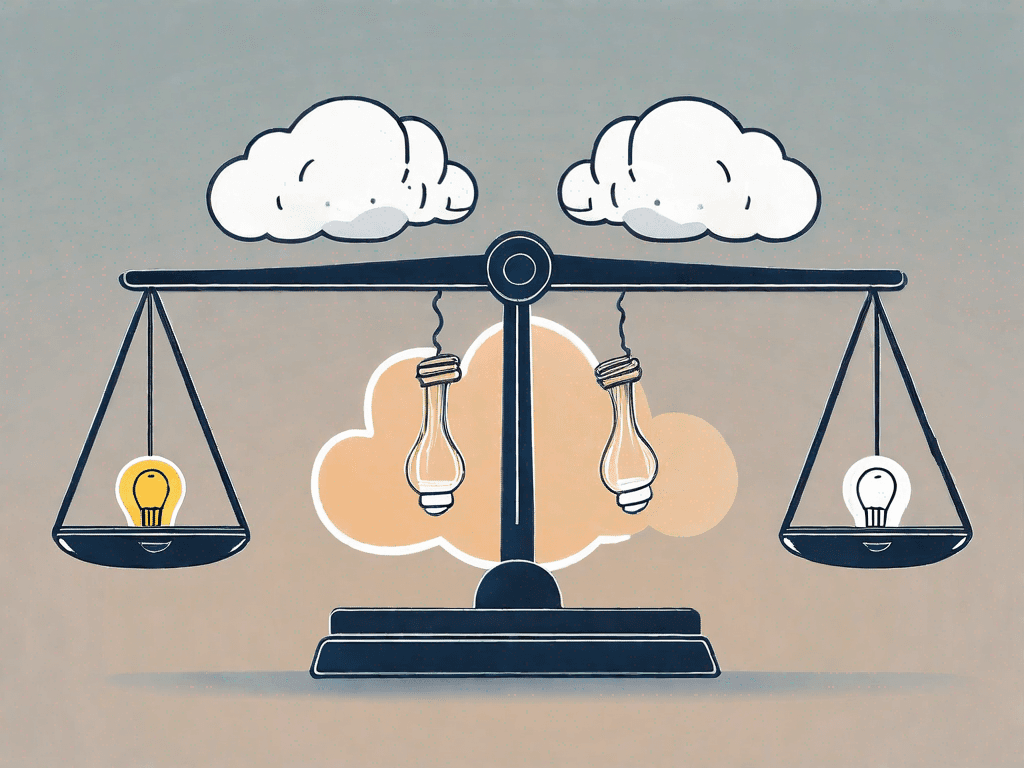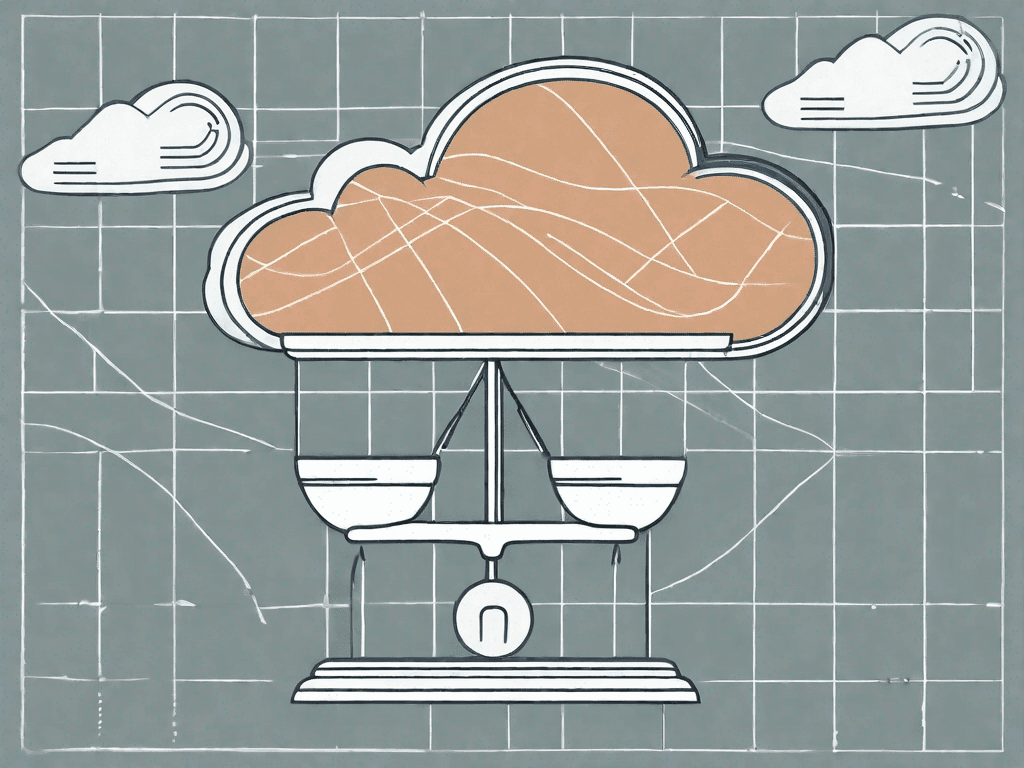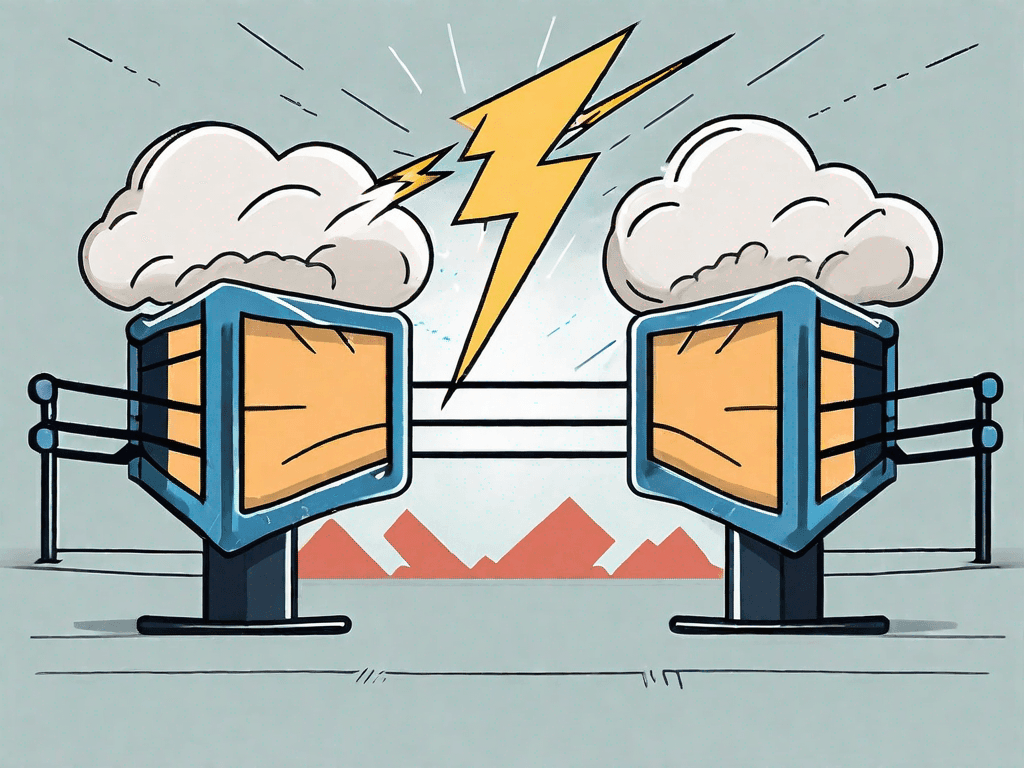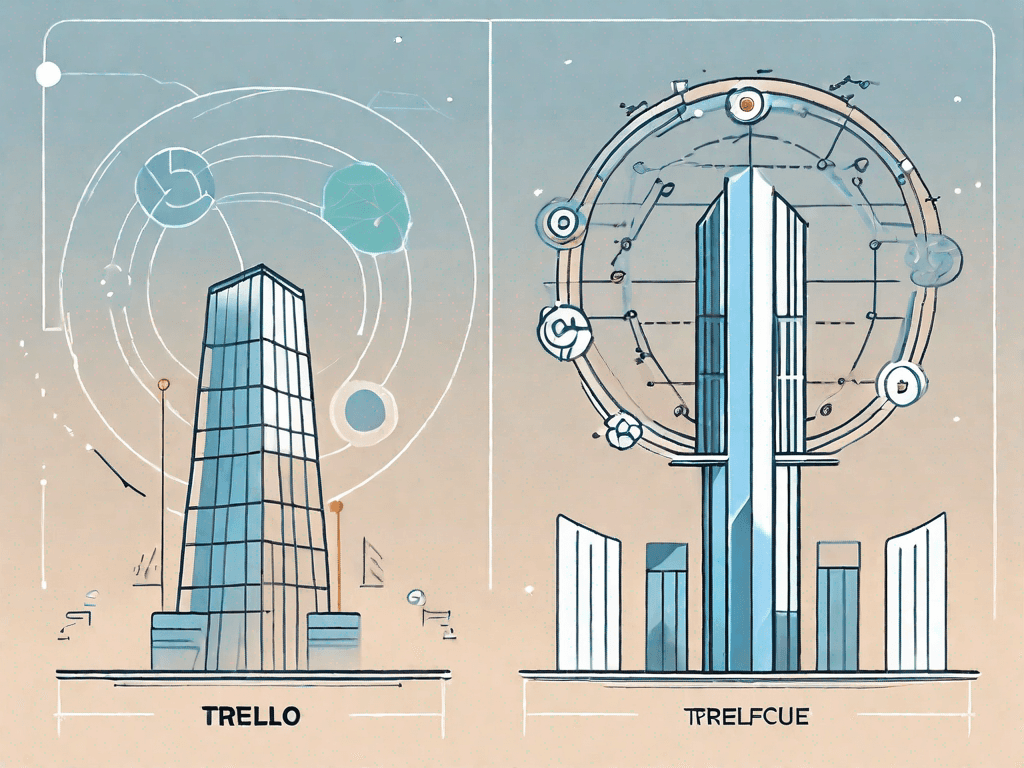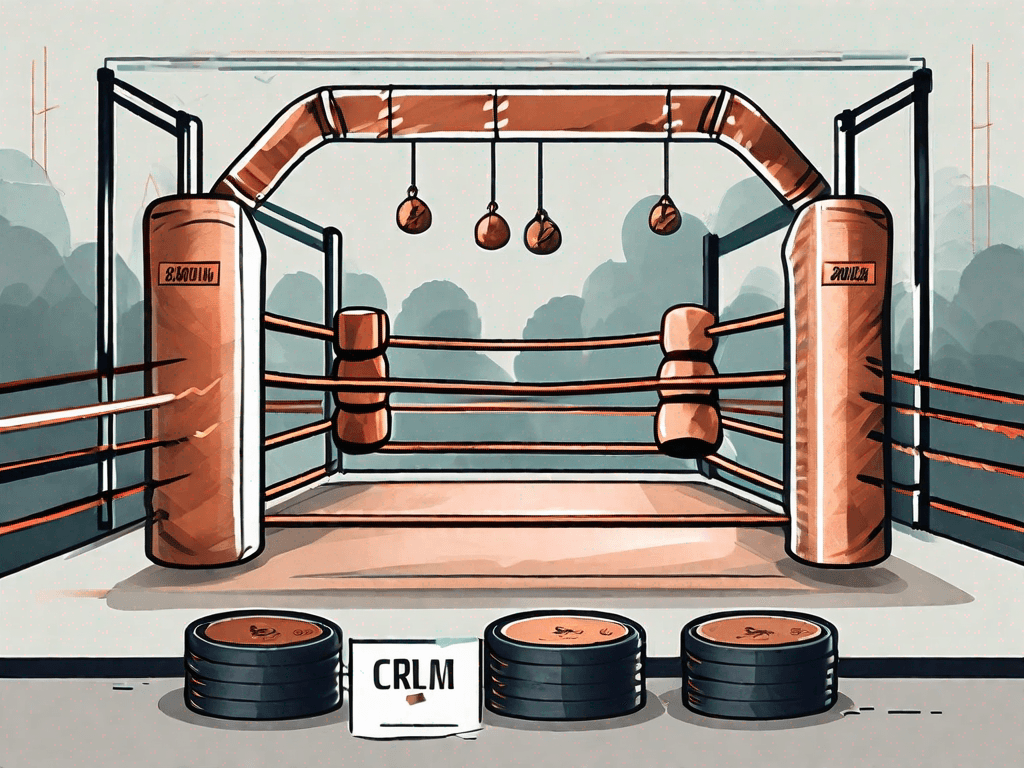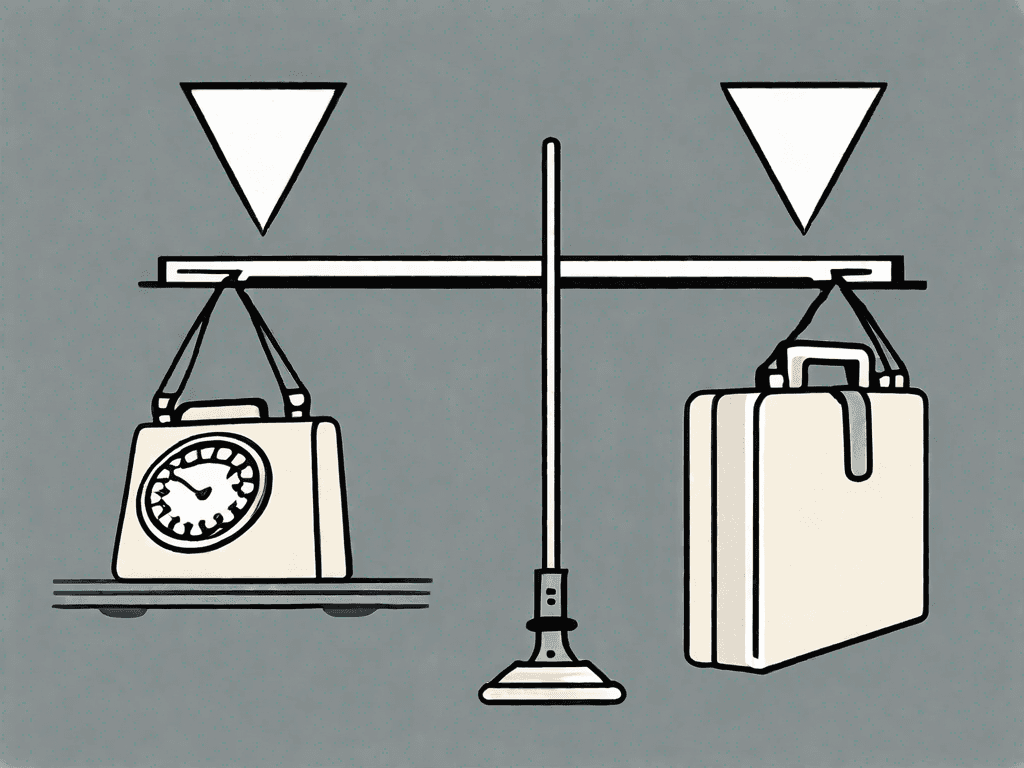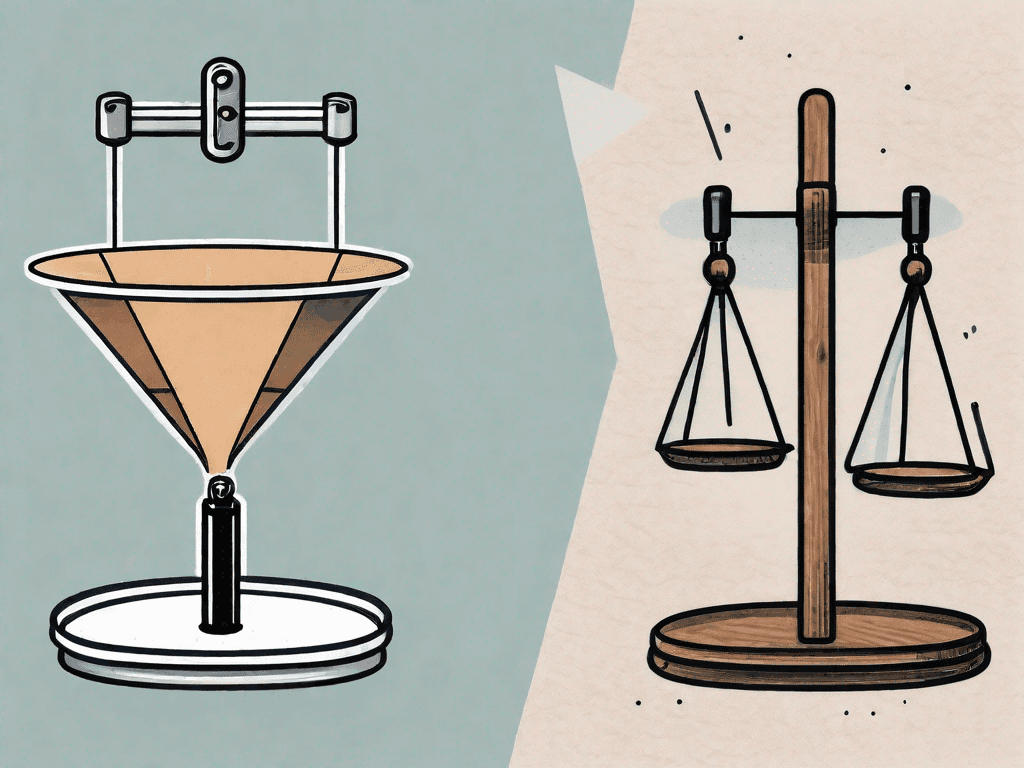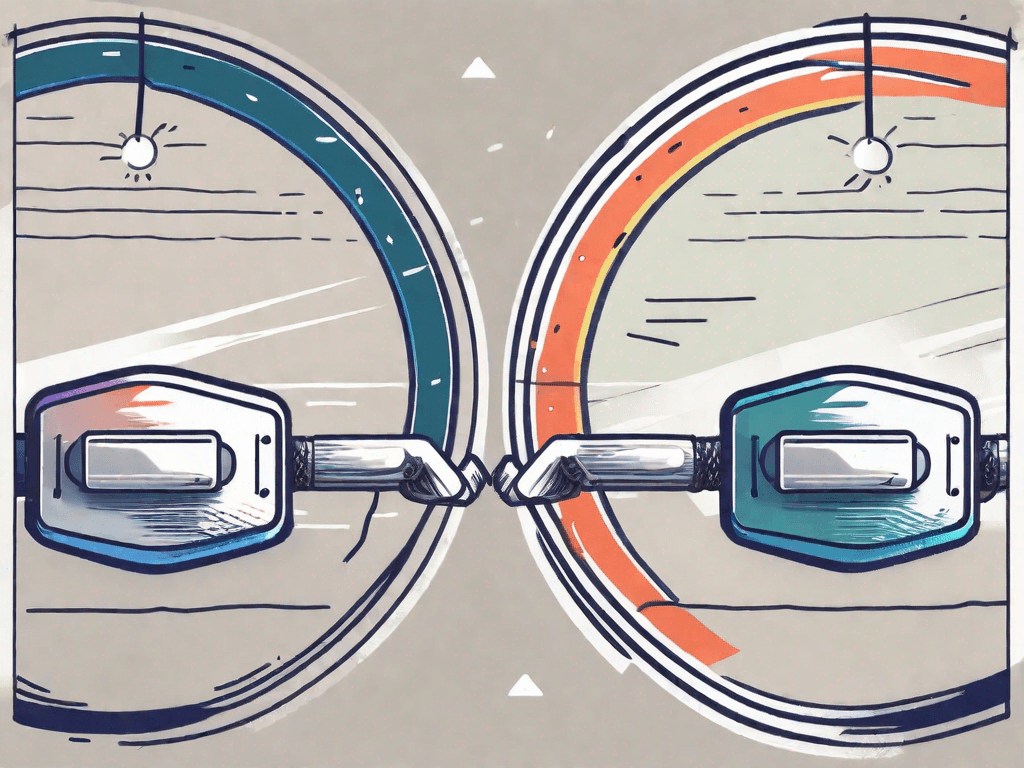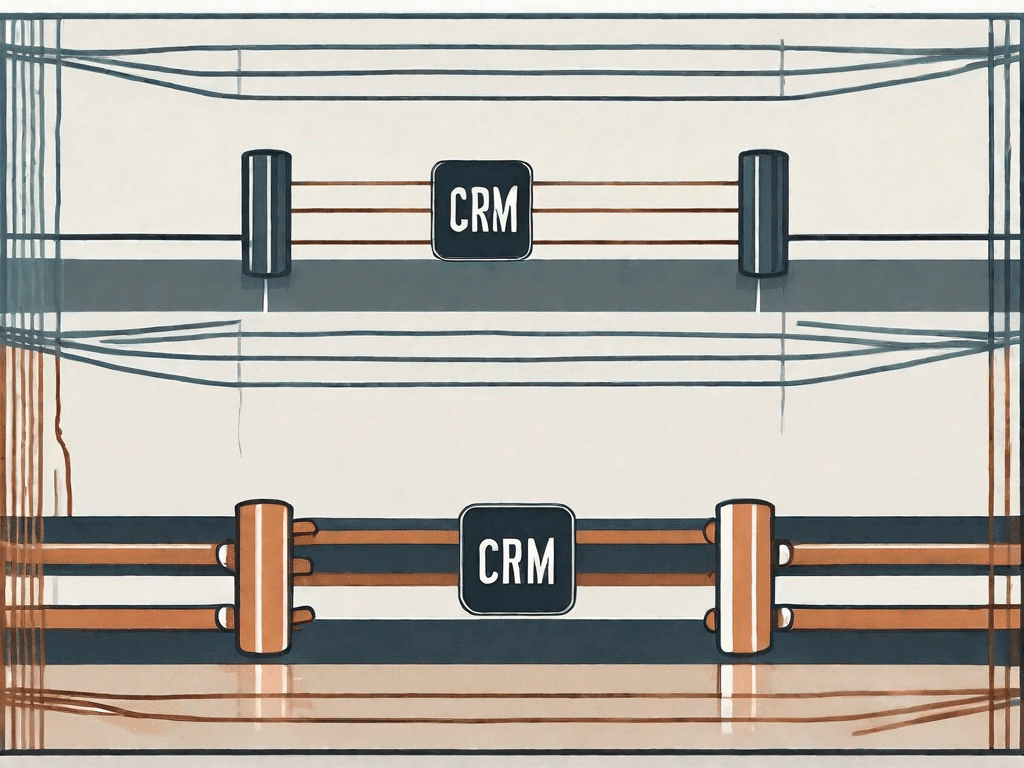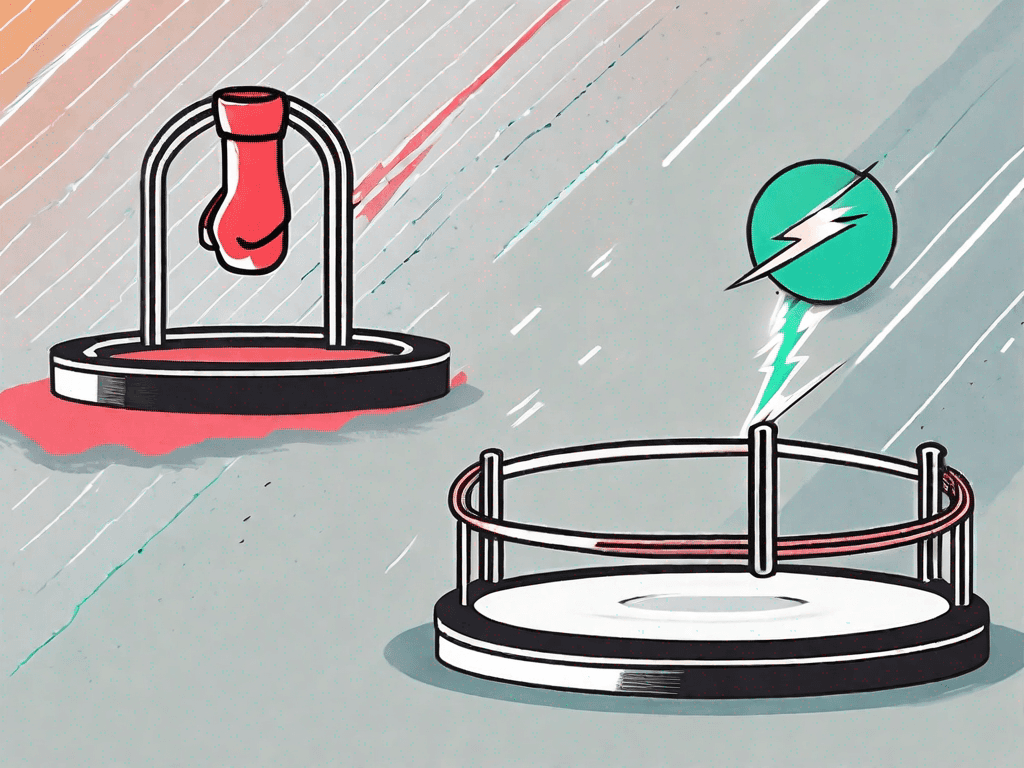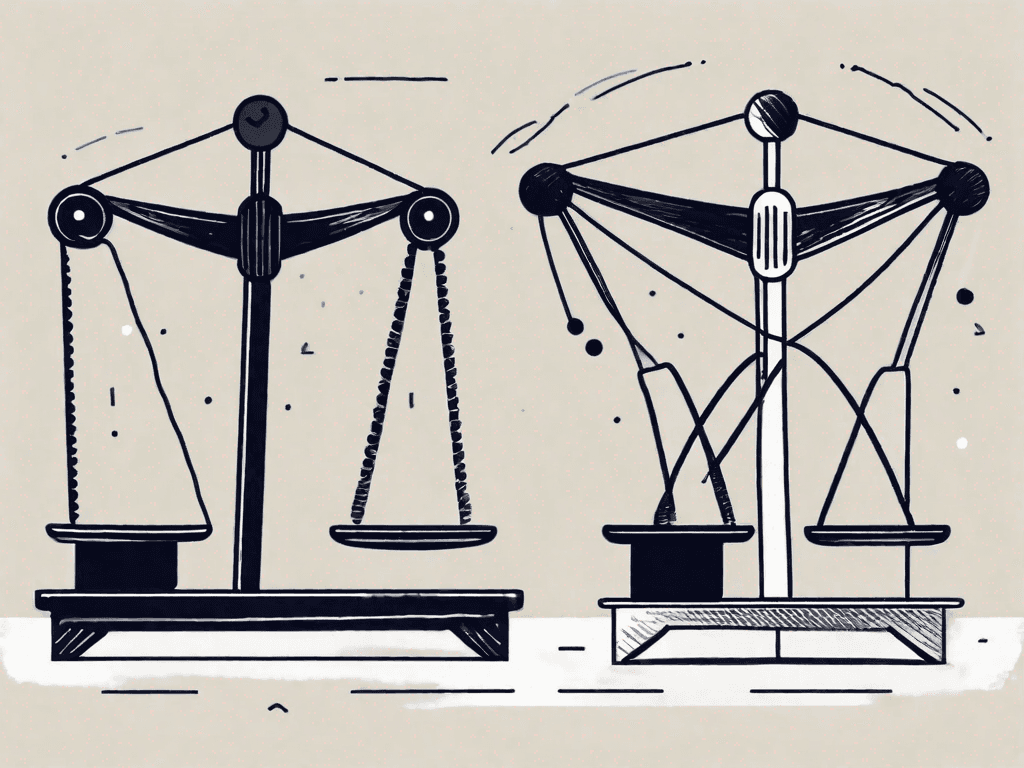
Outreach vs Mailshake: Which One Is The Best For B2B Sales?
In the world of B2B sales, choosing the right tools can make all the difference. With so many options available, it's important to compare and contrast different platforms to find the one that best suits your needs. In this article, we will be comparing Outreach and Mailshake - two popular sales engagement platforms - and examining their pros and cons, pricing models, integrations, and ultimately, which one is the best for B2B sales
Pros and Cons of Outreach and Mailshake
Before diving into the specifics of each platform, let's take a look at the pros and cons of Outreach and Mailshake.
Pros of Outreach
Outreach offers a robust set of features that allow sales teams to effectively manage their outreach efforts. With Outreach, you can easily create personalized email campaigns, track engagement metrics, and automate follow-ups. Additionally, Outreach provides a seamless integration with popular CRM systems, making it easy to keep track of leads and opportunities.
One of the key advantages of using Outreach is its ability to streamline and automate the sales process. By leveraging its advanced features, sales teams can save time and effort by automating repetitive tasks, such as sending follow-up emails or scheduling meetings. This not only increases productivity but also allows sales representatives to focus on building relationships and closing deals.
Furthermore, Outreach's comprehensive reporting and analytics capabilities provide valuable insights into the effectiveness of your outreach efforts. By analyzing engagement metrics, such as open rates and response rates, you can identify areas for improvement and optimize your email campaigns for better results.
Cons of Outreach
One downside of Outreach is its price point, which can be steep for smaller businesses or startups. While the platform offers a wide range of features, the cost may be prohibitive for companies with limited budgets. It is important to carefully evaluate the pricing plans and consider the return on investment before committing to Outreach.
Additionally, some users have reported that the learning curve for Outreach can be steep, requiring significant time and effort to fully utilize all of its features. While the platform offers extensive documentation and training resources, it may take some time for new users to become proficient in using the software effectively.
Pros of Mailshake
Mailshake offers a user-friendly interface that allows sales teams to quickly and easily create and manage email campaigns. Its intuitive drag-and-drop editor makes it simple to customize email templates and personalize messages for each recipient. This ease of use makes Mailshake a great option for sales professionals who want to streamline their email outreach without the need for extensive technical knowledge.
In addition to its user-friendly interface, Mailshake also provides robust reporting and analytics features. By tracking key metrics such as open rates, click-through rates, and reply rates, you can gain valuable insights into the effectiveness of your campaigns. This data-driven approach allows you to make informed decisions and optimize your email outreach strategy for better results.
Another advantage of Mailshake is its affordability. The platform offers pricing plans that cater to different business sizes and budgets, making it an attractive option for smaller businesses or those on a tight budget. This allows companies to access powerful email outreach capabilities without breaking the bank.
Cons of Mailshake
One limitation of Mailshake is its lack of integration options compared to Outreach. While Mailshake integrates with popular CRM systems, it may not offer the same level of seamless integration as Outreach. This can be a drawback for sales teams that heavily rely on their CRM systems for lead management and tracking.
Additionally, some users have reported occasional glitches or issues with the platform's features and functionality. While these instances may be rare, they can still cause disruptions in your email outreach efforts. It is important to consider the reliability and stability of the platform before making a decision.
Key Differences between Outreach and Mailshake
While both Outreach and Mailshake offer similar functionality, there are key differences that set them apart. Outreach's focus on comprehensive sales engagement and CRM integration makes it a strong choice for larger sales teams. Its advanced features and seamless integration with popular CRM systems provide a centralized platform for managing leads and opportunities.
On the other hand, Mailshake's affordability and ease of use make it a great option for smaller businesses or individual sales professionals. Its user-friendly interface and robust reporting capabilities allow users to quickly create and manage email campaigns without the need for extensive technical knowledge.
Ultimately, the choice between Outreach and Mailshake depends on your specific business needs and budget. Carefully evaluate the pros and cons of each platform, and consider factors such as pricing, integration options, and user experience to make an informed decision that aligns with your sales goals.
How does Outreach pricing compare to Mailshake?
Outreach Pricing
Outreach offers a tiered pricing model, starting at $100 per user per month for their Essential plan. The Professional plan is priced at $150 per user per month, and their Enterprise plan offers custom pricing based on your specific needs. While Outreach's pricing may be prohibitive for some smaller businesses, it's important to consider the value and ROI that the platform can provide.
Mailshake Pricing
Mailshake's pricing is significantly more affordable, with their Starter plan starting at $59 per user per month. Their Team plan is priced at $99 per user per month, and they also offer custom pricing for enterprise-level solutions. Mailshake's pricing structure makes it a more accessible option for businesses of all sizes.
Pricing comparison
When comparing Outreach and Mailshake purely based on pricing, it's clear that Mailshake offers a more budget-friendly option. However, it's important to consider other factors such as features, integrations, and scalability when making a decision.
How do Outreach integrations compare to Mailshake?
Outreach integrations
One of Outreach's strengths is its extensive list of integrations with popular CRM systems such as Salesforce and Microsoft Dynamics. This makes it easy to sync data between platforms and streamline your sales process. Additionally, Outreach offers integrations with other sales and marketing tools, further enhancing its functionality.
Mailshake Integrations
While Mailshake may not offer the same level of integration options as Outreach, it still provides seamless integrations with popular CRM systems such as Salesforce and HubSpot. This allows you to keep your data organized and ensures that you have a holistic view of your sales pipeline
Which one is the Best for You?
The Best for Salespeople
If you are a salesperson looking for a comprehensive sales engagement platform with robust CRM integration, Outreach may be the better choice for you. Outreach's feature set and extensive integration options make it a powerful tool for managing and executing your sales outreach efforts.
The Best for Consultants
For consultants or smaller businesses with limited resources, Mailshake may be the best fit. Its affordability and ease of use make it a practical choice, while still providing the necessary features to effectively manage your email campaigns.
The Best for Digital Marketing Agencies
For digital marketing agencies, Outreach's advanced features and integrations may provide the most value. The ability to seamlessly integrate with popular CRM systems and other marketing tools can help streamline operations and enhance collaboration between teams.
In conclusion, the choice between Outreach and Mailshake ultimately depends on your specific needs and budget. Both platforms offer valuable features and functionalities, so it's important to carefully weigh the pros and cons of each and consider how they align with your goals and resources. Whether you prioritize comprehensive CRM integration, affordability, or ease of use, there is a solution that can help elevate your B2B sales efforts.



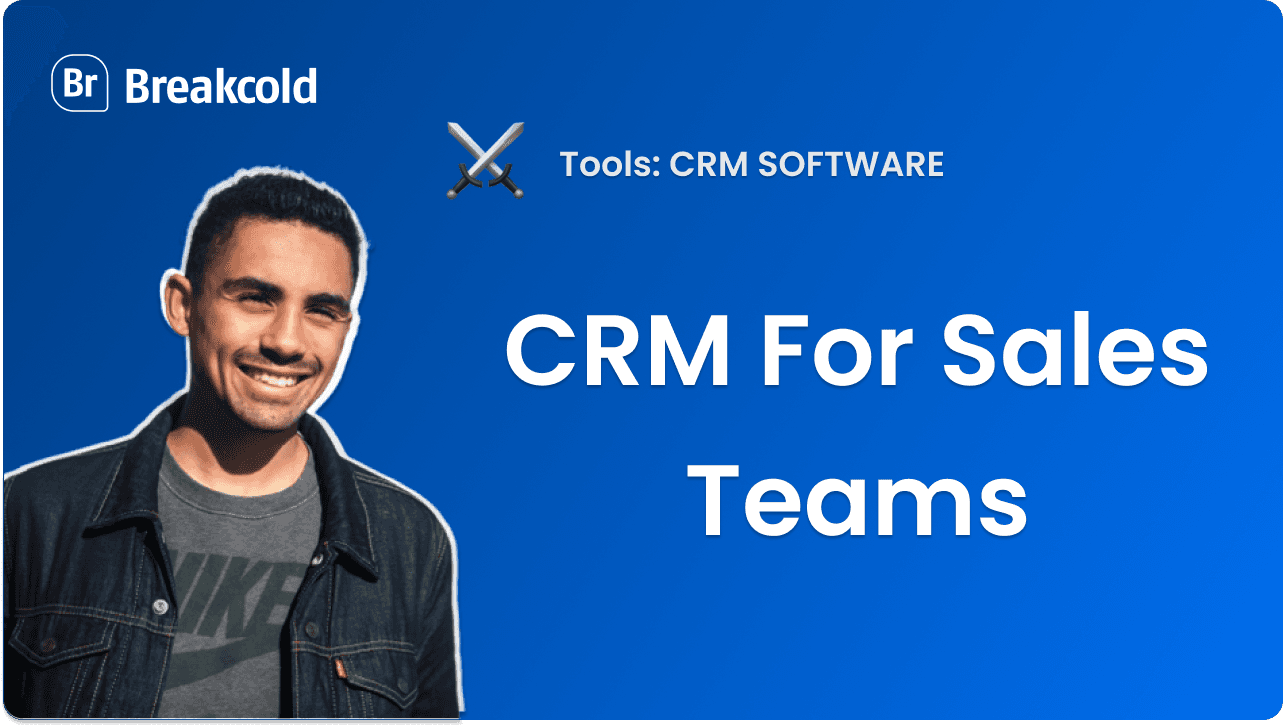
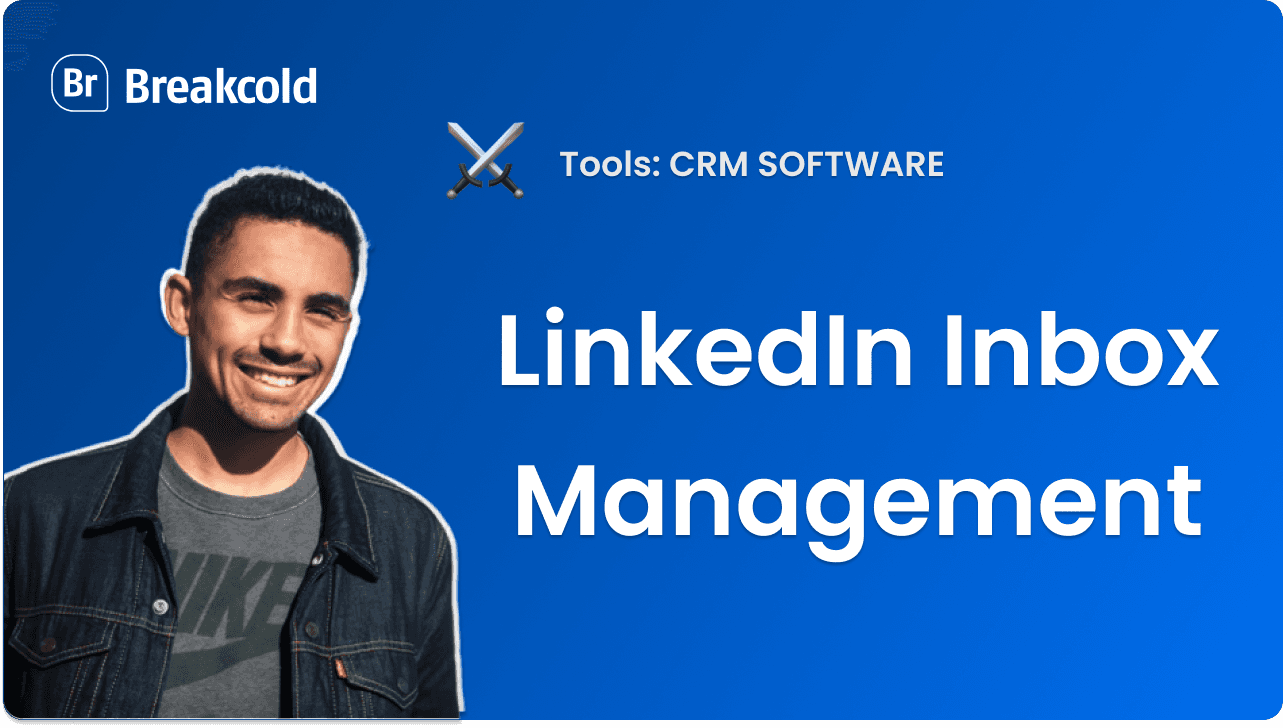



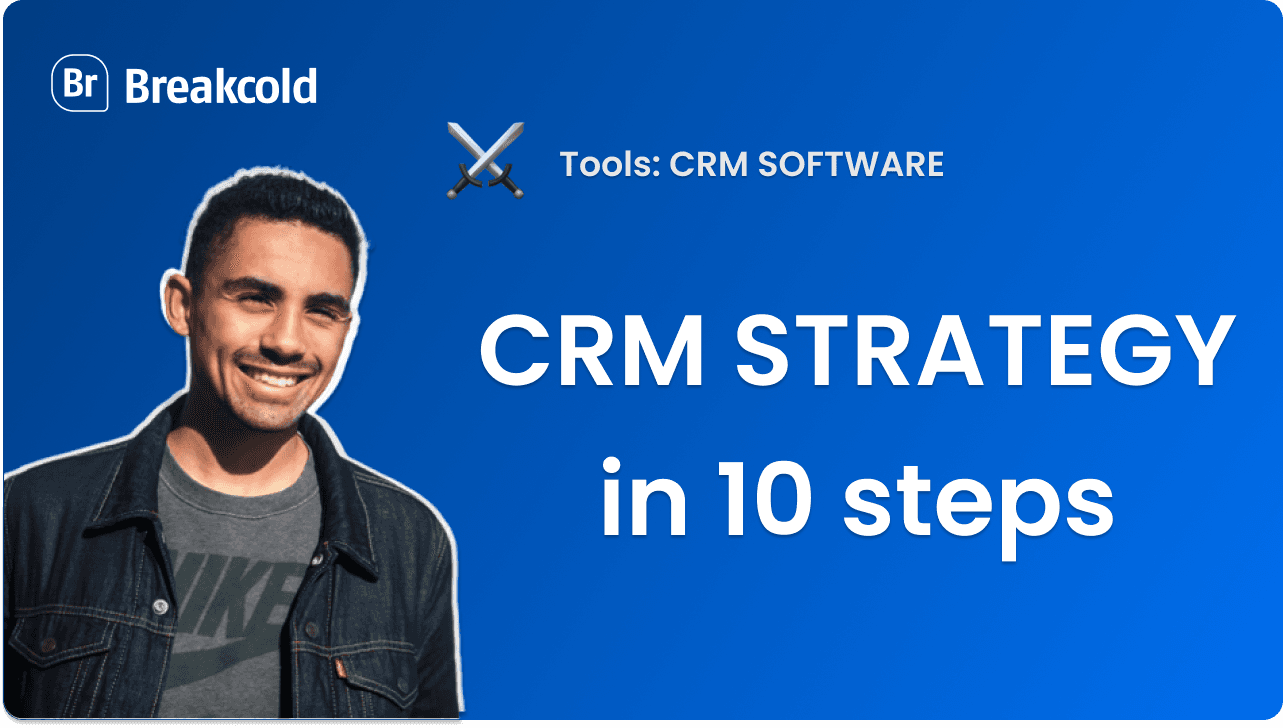
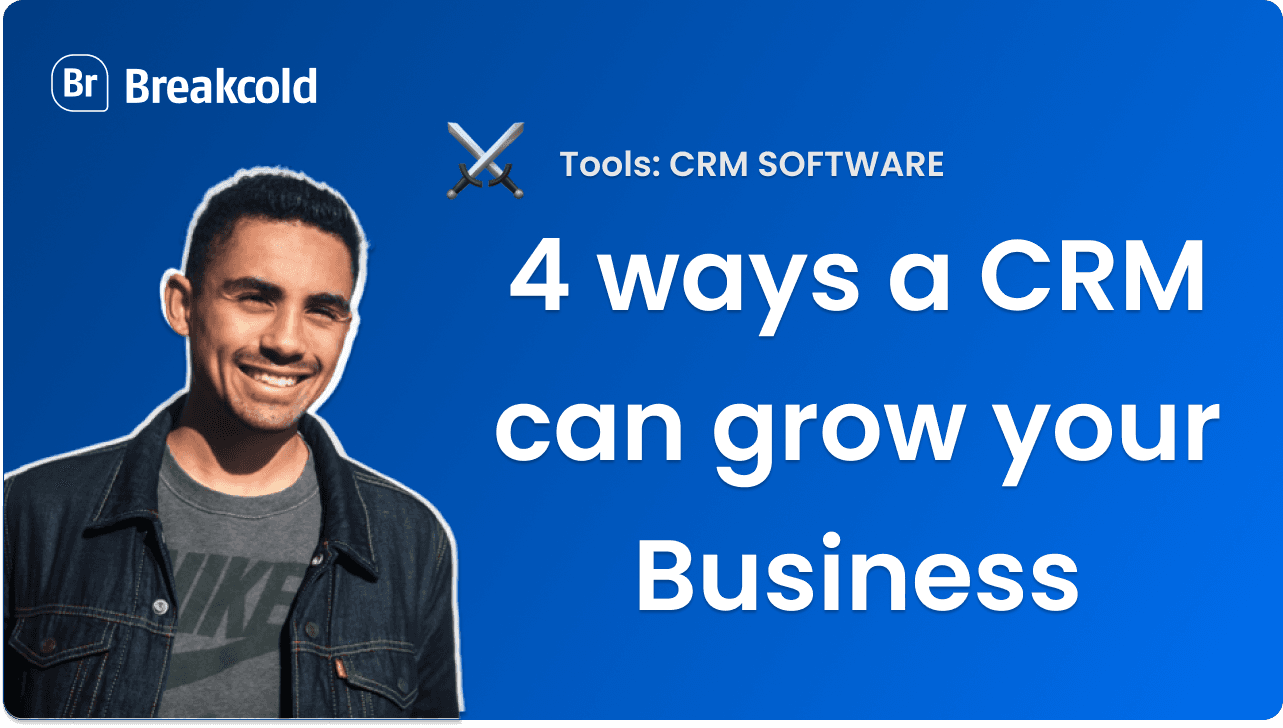

![The 8 Best Social CRM Software in 2025 [Comparison]](https://framerusercontent.com/images/RYHyYapdgIi83BEWtMdX418.png)
![The 6 Best LinkedIn CRM in 2025 [Comparison]](https://framerusercontent.com/images/Luywfni7ZKjb19yghbhNPy4I4qQ.png)



![The 5 Best Twitter CRM [Comparison]](https://framerusercontent.com/images/EWcbvYnVZglJLO8jp3OlHkTvsHo.png)






